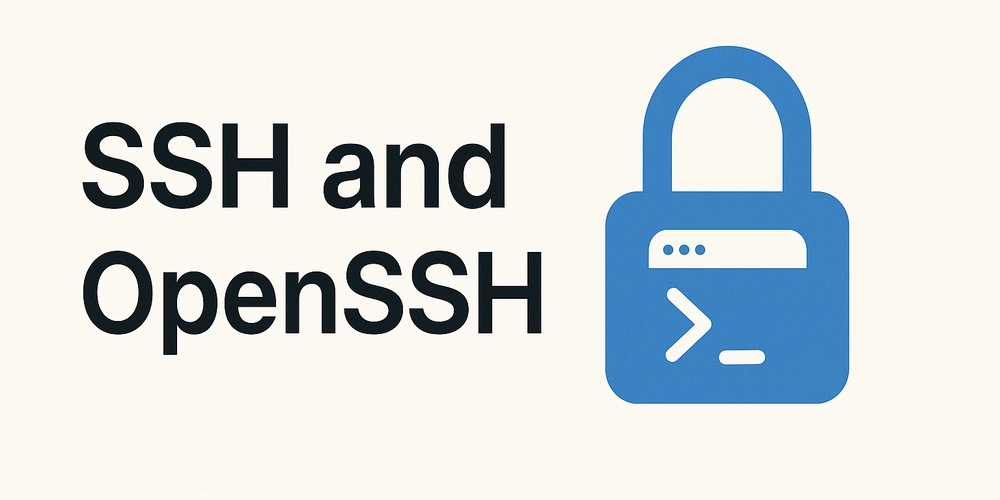Unveiling Elastic License: A Comprehensive Exploration on Fair Open Source Licensing
Abstract This article delves deep into the Elastic License—an innovative licensing model that bridges the gap between open collaboration and fair developer compensation. We explore its origins, core features, real-world applications, challenges, and future trends. Through tables, bullet lists, and hyperlinks to authoritative resources such as the Elastic License Summary, MIT License, and the GNU GPL, this post provides both technical insights and practical guidance for developers and project managers alike. Introduction In today’s digital landscape, software development is undergoing a transformation driven by the need for open collaboration and developer fairness. The Elastic License emerges as a pioneering solution to address a pervasive issue in the open source ecosystem: protecting developers’ contributions while enabling commercial usage. As companies increasingly embrace open source projects, a licensing model that balances flexibility with protection is more critical than ever. This blog post serves as an in-depth exploration of the Elastic License. We examine its history, ethical implications, and technical nuances while providing practical examples and discussing potential challenges. Whether you are a developer, project manager, or technology enthusiast, this comprehensive guide is designed to offer clarity and actionable insights into this evolving domain. Background and Context Historical Emergence of Elastic License Over the past decade, open source licensing has evolved significantly. Earlier models such as the MIT License and the GNU General Public License laid the foundation for free software distribution and collaboration—each with its unique strengths and limitations. The Elastic License was conceived in response to growing concerns about corporate exploitation and unpaid contributions in open source projects. Key aspects of its history include: Ethical Foundations: Developed by a team passionate about fairness, the Elastic License ensures that developers receive due rewards when their code is used commercially. Community Engagement: With active discussions on platforms such as Hacker News and feedback via social media channels like Twitter, the license continuously evolves to address community needs. Commercial and Open Source Balance: Unlike purely permissive licenses or strict copyleft models, Elastic License strikes a middle ground by enforcing accountability without stifling innovation. Ecosystem Context and Definitions The modern open source landscape is defined by a complex interplay of licenses: Permissive Licenses: Allow almost unrestricted use, e.g., MIT License. Copyleft Licenses: Enforce derivative works to maintain similar freedoms, e.g., GNU GPL. Fair Code Licenses: Aim to incorporate fair compensation measures and community benefits, as seen in the Elastic License and emerging models like the Open Compensation Token License (OCTL). Elastic License fits within the category of fair code licenses, making it highly relevant as developers seek a sustainable balance between innovation and financial viability. Core Concepts and Features The Elastic License is built upon several key technical and ethical pillars. Below is an overview of its core concepts and features: 1. Fair Compensation Mechanisms A central tenet of the Elastic License is ensuring that developers are compensated when their code is used commercially. This is achieved through: Enforced Compensation Clauses: Legal provisions require commercial users to contribute a fair share back to the development community. Transparent Terms: Clear definitions of rights and obligations help avoid ambiguity, a common drawback in permissive licenses. 2. Balanced Flexibility The Elastic License strikes a balance between: Open Collaboration: Allowing modification and redistribution. Commercial Restrictions: Including clauses that safeguard against exploitation. Dual Licensing Possibilities: Enabling projects to adopt a dual licensing strategy where needed. However, this dual approach often requires careful legal negotiations. 3. Legal Robustness and Stability One of the powerful aspects of the Elastic License is its stability: Version Consistency: Unlike licenses that see frequent changes (e.g., GNU GPL), Elastic License maintains a mature framework that is less subject to disruptive revisions. Community-Endorsed Practices: The license often cites discussions and case studies from sources like GitHub License Usage and OSI Licenses. 4. Developer Sustainability and Ethical Design By focusing on fairness, Elastic License reinforces: Protection Against Exploitation: It minimizes the risk that corporations benefit from open source projects without adequate developer remuneration. Long-Term Project Sustainability: Ensuring that the community continues to thrive financially, fostering furthe

Abstract
This article delves deep into the Elastic License—an innovative licensing model that bridges the gap between open collaboration and fair developer compensation. We explore its origins, core features, real-world applications, challenges, and future trends. Through tables, bullet lists, and hyperlinks to authoritative resources such as the Elastic License Summary, MIT License, and the GNU GPL, this post provides both technical insights and practical guidance for developers and project managers alike.
Introduction
In today’s digital landscape, software development is undergoing a transformation driven by the need for open collaboration and developer fairness. The Elastic License emerges as a pioneering solution to address a pervasive issue in the open source ecosystem: protecting developers’ contributions while enabling commercial usage. As companies increasingly embrace open source projects, a licensing model that balances flexibility with protection is more critical than ever.
This blog post serves as an in-depth exploration of the Elastic License. We examine its history, ethical implications, and technical nuances while providing practical examples and discussing potential challenges. Whether you are a developer, project manager, or technology enthusiast, this comprehensive guide is designed to offer clarity and actionable insights into this evolving domain.
Background and Context
Historical Emergence of Elastic License
Over the past decade, open source licensing has evolved significantly. Earlier models such as the MIT License and the GNU General Public License laid the foundation for free software distribution and collaboration—each with its unique strengths and limitations. The Elastic License was conceived in response to growing concerns about corporate exploitation and unpaid contributions in open source projects.
Key aspects of its history include:
- Ethical Foundations: Developed by a team passionate about fairness, the Elastic License ensures that developers receive due rewards when their code is used commercially.
- Community Engagement: With active discussions on platforms such as Hacker News and feedback via social media channels like Twitter, the license continuously evolves to address community needs.
- Commercial and Open Source Balance: Unlike purely permissive licenses or strict copyleft models, Elastic License strikes a middle ground by enforcing accountability without stifling innovation.
Ecosystem Context and Definitions
The modern open source landscape is defined by a complex interplay of licenses:
- Permissive Licenses: Allow almost unrestricted use, e.g., MIT License.
- Copyleft Licenses: Enforce derivative works to maintain similar freedoms, e.g., GNU GPL.
- Fair Code Licenses: Aim to incorporate fair compensation measures and community benefits, as seen in the Elastic License and emerging models like the Open Compensation Token License (OCTL).
Elastic License fits within the category of fair code licenses, making it highly relevant as developers seek a sustainable balance between innovation and financial viability.
Core Concepts and Features
The Elastic License is built upon several key technical and ethical pillars. Below is an overview of its core concepts and features:
1. Fair Compensation Mechanisms
A central tenet of the Elastic License is ensuring that developers are compensated when their code is used commercially. This is achieved through:
- Enforced Compensation Clauses: Legal provisions require commercial users to contribute a fair share back to the development community.
- Transparent Terms: Clear definitions of rights and obligations help avoid ambiguity, a common drawback in permissive licenses.
2. Balanced Flexibility
The Elastic License strikes a balance between:
- Open Collaboration: Allowing modification and redistribution.
- Commercial Restrictions: Including clauses that safeguard against exploitation.
- Dual Licensing Possibilities: Enabling projects to adopt a dual licensing strategy where needed. However, this dual approach often requires careful legal negotiations.
3. Legal Robustness and Stability
One of the powerful aspects of the Elastic License is its stability:
- Version Consistency: Unlike licenses that see frequent changes (e.g., GNU GPL), Elastic License maintains a mature framework that is less subject to disruptive revisions.
- Community-Endorsed Practices: The license often cites discussions and case studies from sources like GitHub License Usage and OSI Licenses.
4. Developer Sustainability and Ethical Design
By focusing on fairness, Elastic License reinforces:
- Protection Against Exploitation: It minimizes the risk that corporations benefit from open source projects without adequate developer remuneration.
- Long-Term Project Sustainability: Ensuring that the community continues to thrive financially, fostering further innovation.
Compatibility Comparison Table
The following table compares the Elastic License against other popular licenses to highlight its unique strengths and trade-offs:
| License | Compensation Mechanism | Flexibility | Legal Robustness | Fairness for Developers |
|---|---|---|---|---|
| Elastic License | Fair compensation clauses for commercial usage; designed for revenue sharing | Moderately flexible with dual licensing support | Stable and community-endorsed; robust legal safeguards | High due to explicit compensation measures |
| MIT License | No built-in compensation; relies on external donations | Extremely flexible and permissive | Very straightforward; minimal legal complexity | Low in terms of enforced compensation |
| GNU GPL | Indirect mechanisms focusing on community support | Strict copyleft; less flexible | Comprehensive legal framework; detailed obligations | Moderate fairness; ensures community rights |
| Apache 2.0 | No direct compensation; relies on corporate funding | Highly flexible; widely adopted | Well-documented and legally clear | Moderate fairness; more permissive than Elastic License |
| OCTL | Robust compensation with blockchain integration | Flexible for commercial hybrid models | Emerging; uses modern blockchain features | High fairness with transparent tracking |
Applications and Use Cases
The Elastic License has found its way into diverse applications across the technology spectrum. Here are a few practical examples:
1. SaaS and Cloud Platforms
Many Software-as-a-Service (SaaS) platforms integrate the Elastic License framework. By enforcing fair compensation, these platforms ensure that the developers behind core innovations receive support. This leads to:
- Enhanced Community Support: Increased developer engagement due to clear financial incentives.
- Balanced Business Models: Companies benefit from innovation without compromising the sustainability of the open source community.
2. Data Analytics and AI Tools
Projects in the rapidly growing fields of data analytics and artificial intelligence have also adopted the Elastic License model. These tools often involve:
- High Commercial Value: Developers receive rightful compensation when corporations deploy these tools for profit.
- Improved Collaboration: Clear licensing terms prevent legal disputes, promoting seamless contributions from a diverse developer base.
3. Hybrid Licensing Strategies
Certain large-scale projects have implemented dual licensing with Elastic License at their core:
- Dual Licensing Models: Companies can use code under a more permissive license for internal purposes while engaging in a commercial license for revenue generation.
- Negotiated Terms: Legal teams work to resolve potential ambiguities, ensuring that compensation remains fair while maintaining flexibility.
Challenges and Limitations
Despite its innovations, the Elastic License faces several challenges:
Legal Complexity
- Dual Licensing Ambiguity: Incorporating Elastic License code with other licensing models sometimes creates legal uncertainties, especially when mixing permissive and irreversible copyleft obligations.
- Enforcement Variability: While the license includes robust clauses, enforcing compensation across different jurisdictions remains challenging.
Adoption and Flexibility Trade-offs
- Restrictive Conditions: Some community members argue that the strict commercial clauses, while fair, may discourage wider adoption among projects that prioritize open collaboration over financial compensation.
- Integration with Legacy Systems: Projects with pre-existing licensing structures may find it difficult to incorporate Elastic License features without extensive legal review.
Managing Anonymous Contributions
- Contributor License Agreements (CLAs): Open source projects sometimes experience legal friction when dealing with anonymous or unverified contributions. Without stringent CLAs, ensuring fair compensation can be problematic.
- Potential for Exploitation: Some critics argue that, despite its safeguards, enforcement mechanisms may be less effective in preventing exploitation on a global scale.
Bullet List of Challenges
- Legal ambiguity in dual licensing arrangements.
- Potential discouragement for widely open collaborative projects.
- Integration issues with legacy and diverse licensing systems.
- Management of anonymous contributions without robust CLAs.
For further insights on licensing challenges, refer to related discussions on Stack Overflow and Hacker News.
Future Outlook and Innovations
Looking ahead, several trends and innovations are expected to shape the future of open source licensing with a focus on fair compensation:
Increased Blockchain Integration
- Enhanced Transparency: Future iterations of the Elastic License may incorporate blockchain-based tracking—as seen in alternative models like OCTL—to ensure immutable records of developer contributions and commercial usage.
- Automated Compensation: Smart contracts could streamline the compensation process, making enforcement more efficient and reducing legal overhead.
Evolving Dual Licensing Models
- Refined Legal Frameworks: As dual licensing becomes more common, legal experts are working on clearer guidelines to balance commercial use with community contributions.
- Market-Driven Adaptations: Emerging projects and platforms are likely to adopt hybrid models that dynamically adjust licensing terms based on project growth and market conditions.
Community-Driven Developments
- Ongoing Feedback: Developer communities on platforms like GitHub and Twitter continue to influence licensing updates, ensuring that the provisions remain relevant.
- Collaboration with Funding Platforms: Integration with funding mechanisms such as GitHub Sponsors and independent initiatives (e.g., discussed on Dev.to) will propel fair open source practices even further.
Industry Adoption and Broader Implications
- Growing Commercial Interest: As more companies seek sustainable business models in open source, licensing models like the Elastic License will likely find increased commercial adoption.
- Regulatory Developments: Government regulations and industry standards may further formalize fair compensation mechanisms, aligning legal frameworks with the principles of open collaboration.
For more insights on future trends in open source licensing and funding models, check out articles such as Exploring Dual Licensing in Open Source Software and The Future of Open Source Blockchain Innovation.
Summary
In summary, the Elastic License offers a refreshing approach to addressing one of the most challenging aspects of open source development: fair compensation. By combining clear legal provisions with a focus on community ethics, it uniquely balances the need for openness with financial sustainability. While challenges remain—especially in terms of legal complexity, dual licensing ambiguities, and anonymous contributions—the Elastic License stands as a beacon of innovation within the wider ecosystem of open source and fair code licenses.
Key takeaways include:
- Fair Compensation: A core mechanism to ensure that developers are rewarded when their code is used commercially.
- Balanced Flexibility: The license carefully navigates between openness and commercial restrictions, lending it a unique position in licensing debates.
- Robust, Yet Evolving Legal Framework: Its stability and community-driven evolution set it apart from models that frequently change.
- Future Innovations: Blockchain integration and more refined regulatory frameworks are likely to shape its future development.
As more companies and developers recognize the importance of ethical open source funding, the Elastic License model will continue to evolve. It not only safeguards the rights of developers but also paves the way for innovative, sustainable business models in the digital era.
Further Reading and Resources
For those interested in exploring more about open source licensing, fair code models, and developer sustainability, here are some recommended resources:
- Elastic License Summary – Detailed overview of the principles and applications.
- MIT License – A popular permissive license widely used in open source projects.
- GNU GPL – A foundational copyleft license that enforces free redistribution.
- Hacker News Discussions – Community debates and analyses on licensing models.
- Twitter from FSF and GitHub FSF Repository – For real-time updates and community engagements.
- Exploring Dual Licensing in Open Source Software – A deep dive into dual licensing challenges and opportunities.
- The Future of Open Source Blockchain Innovation – Insights on integrating blockchain tech with open source models.
Concluding Thoughts
The landscape of open source licensing is at a crossroads, with the Elastic License leading a movement toward models that ensure fairness and sustainable innovation. As the technology ecosystem evolves, both developers and companies must work together to adapt and refine licensing strategies that are ethically sound and commercially viable.
By understanding and utilizing the Elastic License, stakeholders embrace a future that not only fosters collaboration but also honors the true contributions of software developers. As we continue to navigate this digital era, ethical licensing models are not simply a legal necessity—they are a moral imperative for a vibrant, innovative, and equitable technology community.
Whether you are just starting or are a seasoned developer, consider how the Elastic License can play a pivotal role in your projects. Embrace fairness, transparency, and sustainability while contributing to a thriving global open source ecosystem.





































































































































































![[The AI Show Episode 147]: OpenAI Abandons For-Profit Plan, AI College Cheating Epidemic, Apple Says AI Will Replace Search Engines & HubSpot’s AI-First Scorecard](https://www.marketingaiinstitute.com/hubfs/ep%20147%20cover.png)










































































































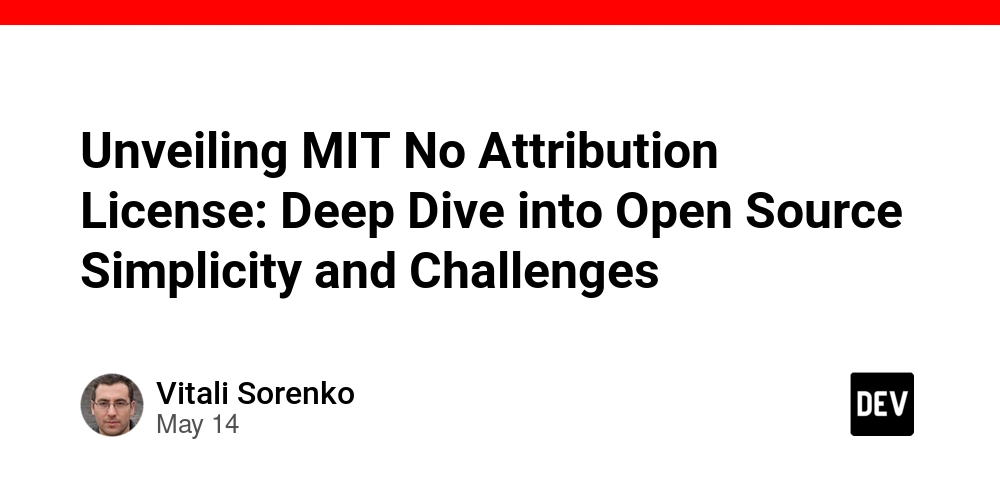










































































































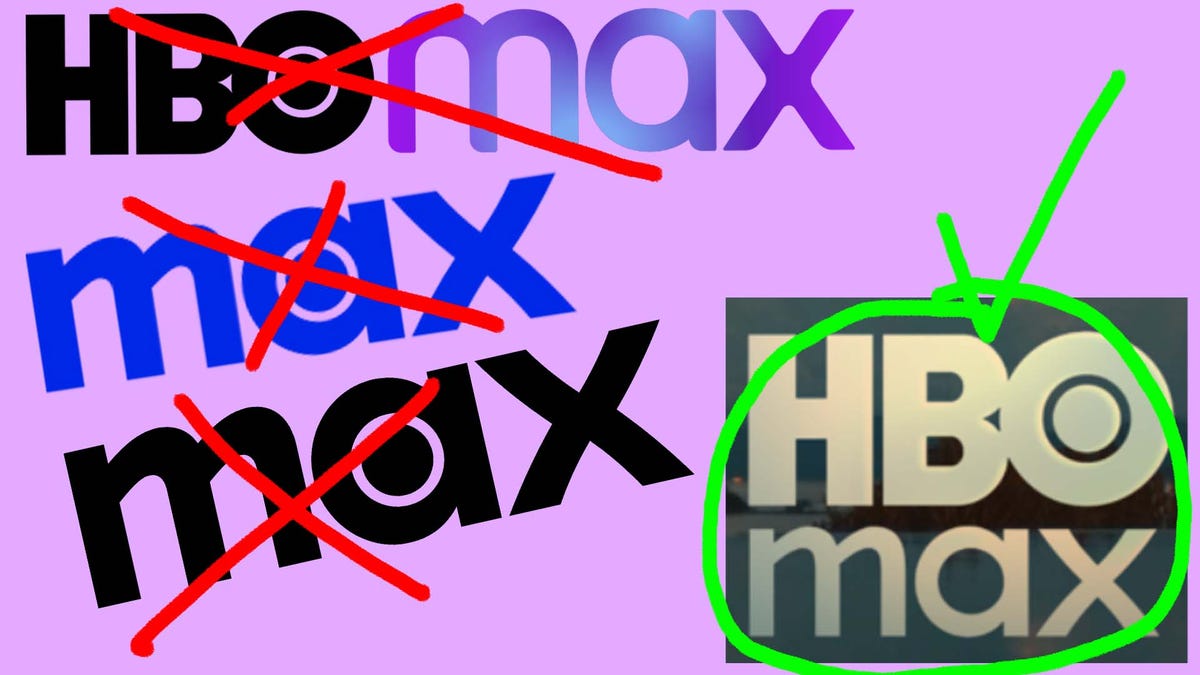











































_Gang_Liu_Alamy.jpg?width=1280&auto=webp&quality=80&disable=upscale#)

















































































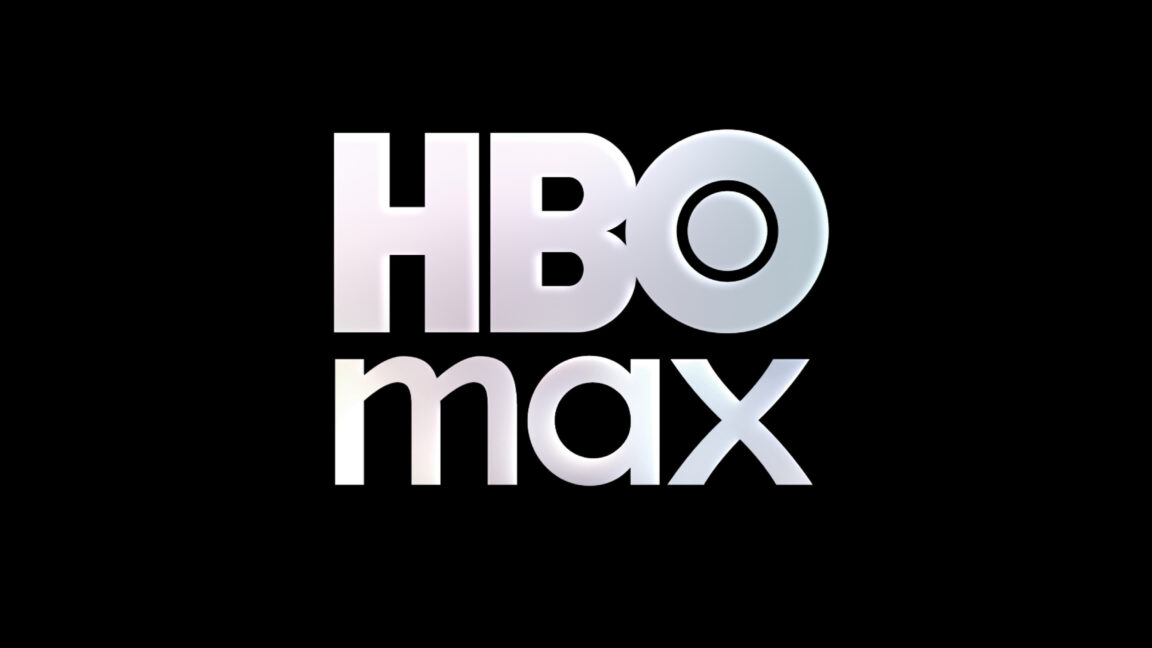


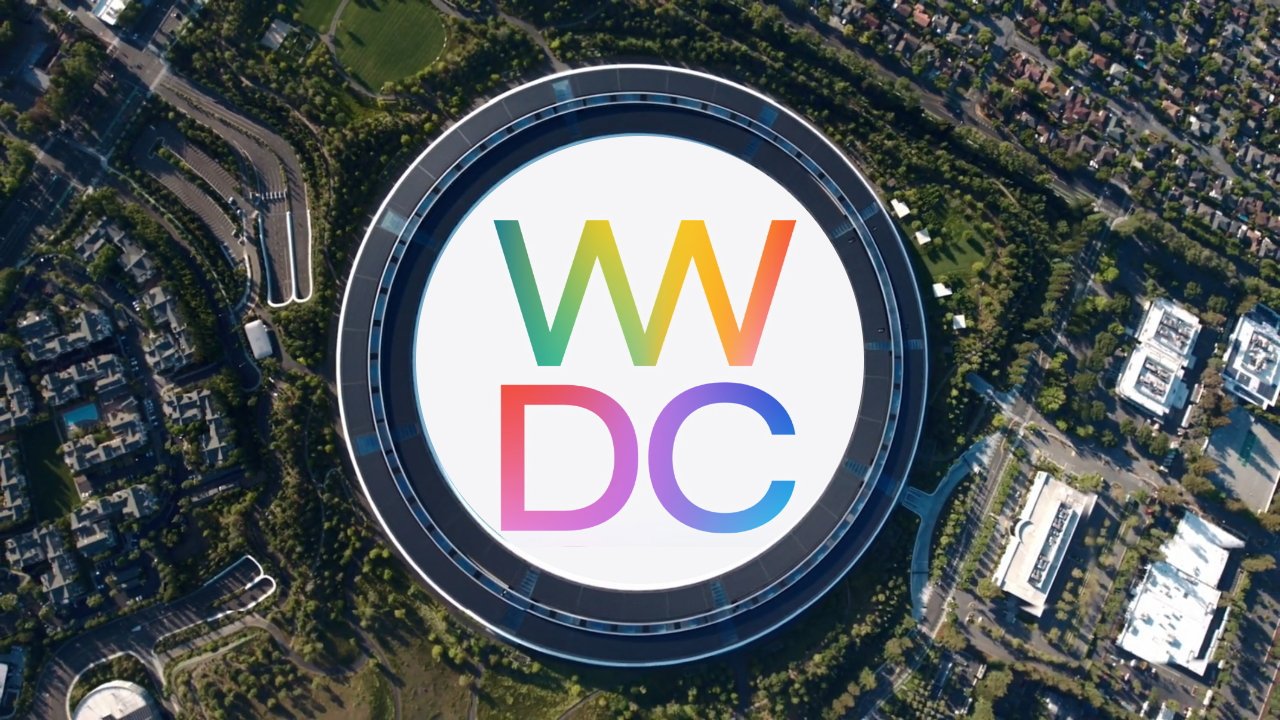




























![Apple's 20th Anniversary iPhone May Feature Bezel-Free Display, AI Memory, Silicon Anode Battery [Report]](https://www.iclarified.com/images/news/97323/97323/97323-640.jpg)

![Apple Planning Bezel-Free iPhone With 'Four-Sided Bending' Display [Report]](https://www.iclarified.com/images/news/97321/97321/97321-640.jpg)

































































































